To prepare runners for the NTUC Income RUN350, which takes place in less than one month’s time, a running clinic was held at the NTUC Centre yesterday. At the event, running tips were given by Lim Thow Wee, a top Singaporean runner who has a marathon personal best of 2 hours and 48 minutes, despite having picked up the sport only at the age of 28.
Here are some of the main highlights of Lim’s talk – covering training tips and participating in overseas races.
Training Tips
Pace yourself appropriately
According to Lim, you should determine how fast to run during training sessions and races, based on your VO2 max and vVO2 max.
The VO2 max is the maximum amount of oxygen that the body can use to sustain your running, at any one time.
The vVO2 max refers to the average speed that can sustain your VO2 max. This is the maximum pace that you should be able to sustain for six minutes of continued running, and is the pace that you should use, to determine your other types of training sessions, from intervals to tempo and long runs, and race efforts.
For more information on the vVO2 max pace and how to calculate it, click here. http://training4endurance.co.uk/physiology-of-endurance/vvo2max/
Easy and long runs, according to Lim, should be completed at 55 to 75 per cent of your vVO2 max pace. But many runners make the mistake of doing their easy runs too hard – and that is why they struggle to last the distance.
For tempo runs, these should be done at 75 to 90 per cent of the vVO2 max pace, while long intervals are to be completed at 90 to 100 per cent of the vVO2 max pace.
Short interval runs should be done at 100 per cent of your vVO2 max pace, because this is supposed to be the hardest type of training session, and so should tire you out as much as possible.
For your race pace, these should be done at a similar effort to your tempo runs.
Tapering
The NTUC Income RUN350 is taking place in just under a month’s time. So to prepare runners for this race, Lim recommends that you should train hard for the next two weeks, and use the final two weeks for tapering.
So starting from this Monday, you should get in some easy run sessions, as well as a tempo run, a long interval session and a long run.
However, when you are training, Lim advises you to not do intervals too regularly. While it is perfectly okay to do tempo runs every week, you should only do interval sessions every fortnight because they are so strenuous for the body.
In the final two weeks before the race, reduce your mileage, but keep the intensity. It would be fine to do one interval session during the tapering phase. But on the Saturday night before the race, make sure that you have a complete rest by lounging at home and doing nothing. Do not even go shopping or walking around the malls, as this can tire you out and prevent you from running your desired timing.
Diet and Nutrition
Lim admits that his own diet is very Singaporean. He consumes foods such as wholemeal bread with peanut butter and Teh C for breakfast, yong tou foo with plenty of vegetables for lunch and Chinese mixed vegetable rice for dinner. For tea breaks, he would have a sesame ball or curry puff.
However, he has observed some of the elite Kenyan and Ethiopian runners in the days leading up to the Hong Kong Marathon – and realised that they consume very bland foods, with high levels of carbohydrates and a high Glycemic Index (GI), including plain rice and bread without toppings.
Said Lim, “So on the Friday and Saturday before a Sunday morning race, we should eat simple carbohydrates with little oils and proteins. If you like sauce, curry and fats, you should forego those and focus on simple carbs and bread – if you want a good timing. I tried being healthy by taking complex carbs in the build up to the Hong Kong Marathon, and during the race, I felt so bloated that I dropped out. So eat simple carbs and less fats and proteins one to two days before a race. That makes a whole lot of difference.”
Injury Prevention
Lim admits that he has gotten his fair share of injuries since he started running. And to reduce your chances of getting injured, he recommends taking at least one day of complete rest every week, and have a low mileage week after every 4 weeks.
“So that means for a month, have three hard weeks and take one easy week in terms of your mileage. If you are running 60km a week on average, cut it down to 40km one week,” Lim added.
Also, Lim added that you should not feel the need to have to push through pain. “As soon as you feel any strange sensation, back off from running and do some cross training in the gym, such as on the stationary bike and the elliptical machine, to maintain fitness. Do not try and outrun your injury,” explained Lim.
As well, he also recommended running on softer ground such as trails, instead of roads. These include MacRitchie Reservoir and Bedok Reservoir Park in Singapore.
Participating in Overseas Races
Said Lim, “I like overseas races, compared to local ones, because the weather is cooler and the scenery is more refreshing. The terrain may also be flatter – and there is a vacation to look forward to, after the race. A stronger crowd, such as in the case of many big overseas marathons, makes a huge difference too – and you can shave up to 10 minutes off from your personal best timing.”
Terrain
To run a personal best overseas, Lim recommends that you look for races with flat terrain. He explained, “The most common and popular overseas marathons, amongst Singaporeans, are the Gold Coast and the Berlin Marathon because they are so flat.”
Temperature
If you choose a race with an ideal temperature range, you can even shave up to 10 minutes from your personal best timing, according to Lim. In fact, he added that the ideal temperature for running is 6 degrees Celsius, to get a personal best timing.
In Singapore, Lim said that it is very difficult to run because the temperature can easily get up to 30 degrees Celsius – and the humidity is often a killer too. But he quickly added that this can serve as a great form of “altitude training” for a race overseas – where Singaporeans can really have the tendency to “fly.”
Travelling
Many Singaporeans have the tendency to use an overseas race to travel – and explore the city at the same time. But the question is, is it better to travel and explore, before or after the race?
Lim recommends doing so after the race because you do not want to tire yourself out with too much walking and exploring as the race day approaches. This also includes walking around the various race expos – of which some are so big, that overawed runners can easily spend up to three or four hours exploring the expos. To Lim, this is a huge no-no, because you are using up energy and tiring yourself out, when you should, in fact, be resting for the race.
Food
When you are overseas, Lim recommends that you should stick to foods that you are familiar with, in the lead up to the race. For example, stick to bread and noodles from the supermarket if you have to. Also stick to simple carbs and do not try anything new before the race – as you do not want to be forced to drop out, due to stomach problems.
Expect the unexpected
Sometimes, Lim also added that things that you are least likely to expect – can take place during an overseas race, when you are not prepared for them.
For example, Lim was due to run the New York Marathon in 2012 – but the race was cancelled because of Hurricane Sandy that year. Lim only found this out when he had reached New York, though. He said, “The only good thing that came out of it was that the race expo still went on – and they were offering huge discounts because they wanted to sell everything off as fast as possible.”
Also, the Paris Marathon offers only mineral water along the route – and no energy drinks. But Lim didn’t realise this prior to the race – and as a result, that had affected his performance badly when he ran that race.

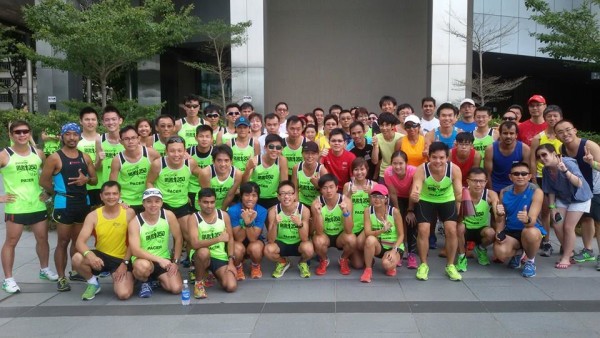
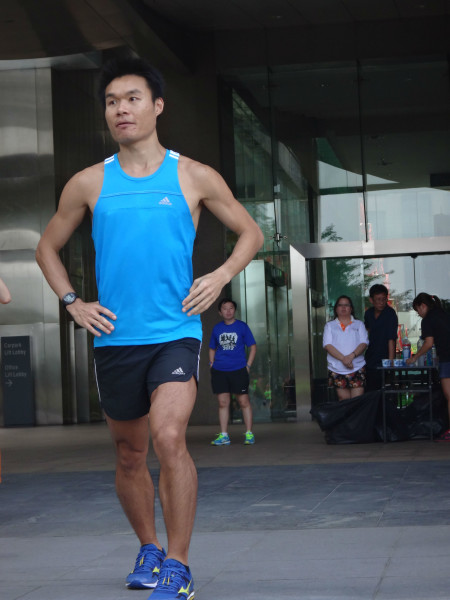
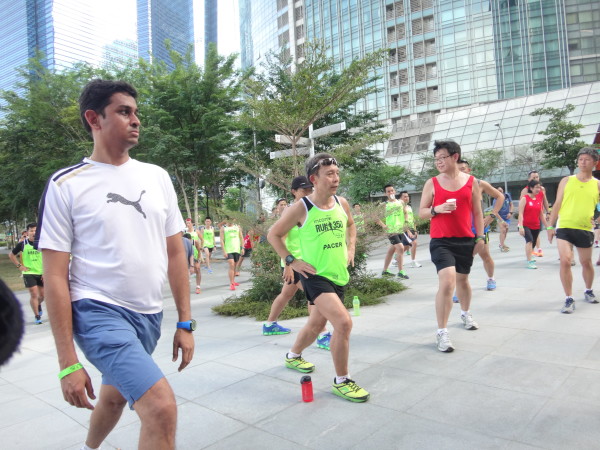
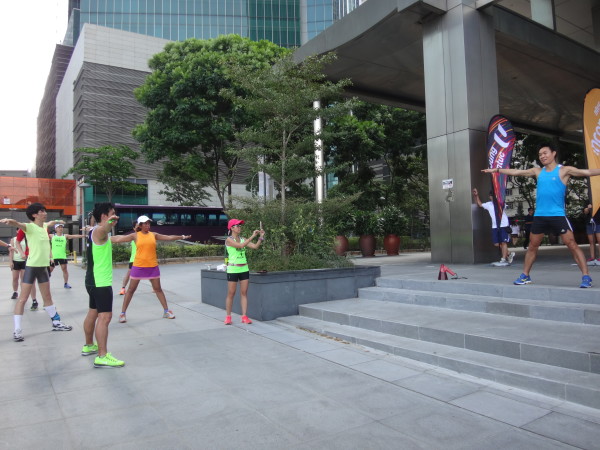
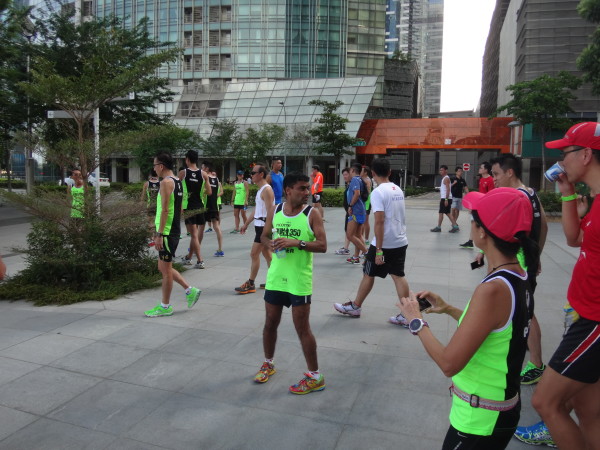
Thank you, I have just been looking for info about this topic for
ages and yours is the best I have discovered so far.